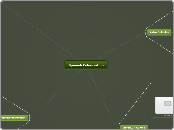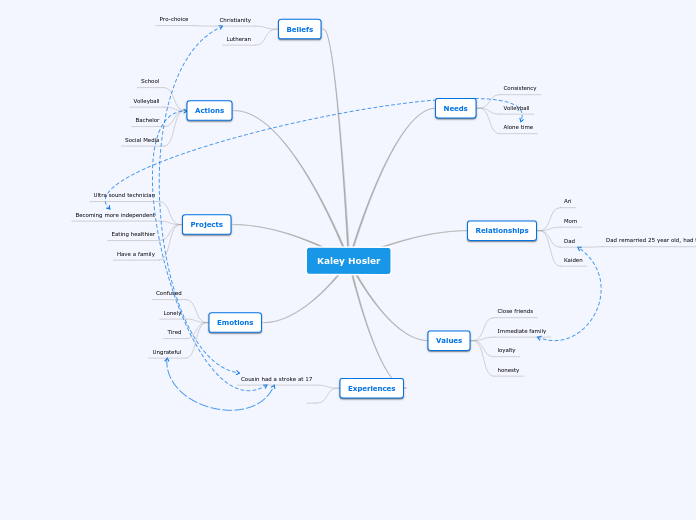arabera Janice Leung 8 years ago
383
Ensuring equality
An ideal classroom, as envisioned by students, emphasizes the importance of making lessons practical and relevant to real-world scenarios. Clear learning objectives should be provided, explaining the significance of the topics beyond the classroom.









